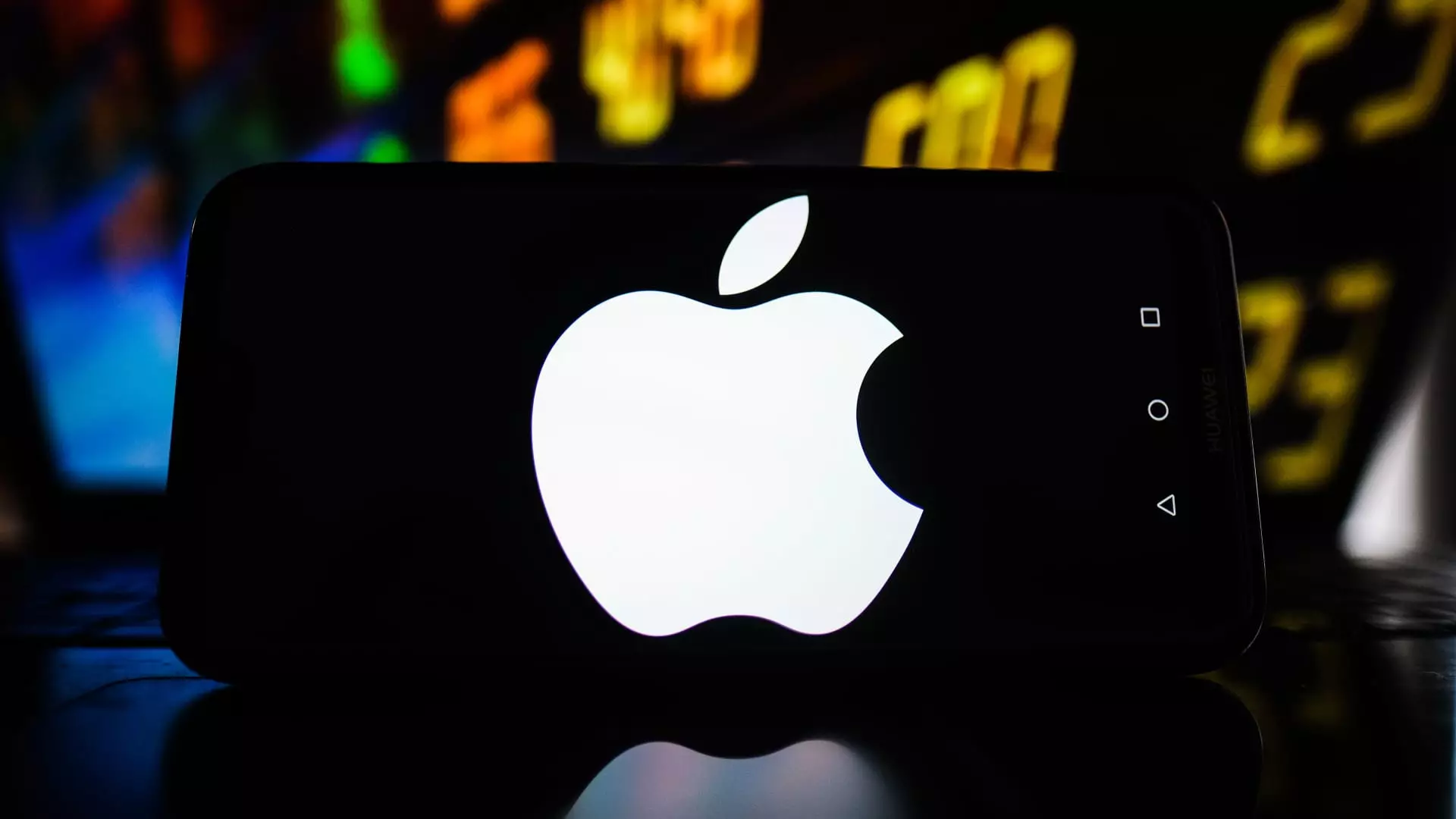In the world of tech giants, Apple has always captured the attention of investors and consumers alike with its highly anticipated product launches. September, in particular, has been a tricky month for Apple historically, with the company’s share price experiencing fluctuations around the time of major announcements. According to a FactSet analysis, Apple’s stock tends to see a rise in value leading up to product launches, only to dip during the month of the actual announcement. Over the past decade, Apple shares have averaged a 3.5% loss in September, following gains in July and August. Despite a 3.1% increase in August this year and a significant 19% jump year-to-date, concerns remain about whether Apple can defy historical trends this September.
Morgan Stanley analysts, however, are optimistic about Apple’s upcoming product launch on September 9th. They believe that this year’s announcement, speculated to center around Apple Intelligence integration into the new iPhone 16 model, could spark heightened interest and demand for the company’s AI-related advancements. While past launches have seen Apple’s stock underperforming immediately following the event, Morgan Stanley sees potential for a different outcome this time. Analyst Erik Woodring highlights the positive impact that a shortened product replacement cycle could have on Apple’s stock performance, projecting a contraction through fiscal 2026. Woodring’s overweight rating and $273 price target for Apple suggest a substantial 19.2% upside potential from the current price.
On the other side of the spectrum, UBS analyst David Vogt takes a more conservative approach, giving Apple a neutral rating with a $190 price target. Vogt’s analysis raises concerns about the upcoming launch, citing historical trends that show lower consumer purchases of iPhones in August and the potential risks associated with the September event. With Apple’s iPhones making up a significant portion of the company’s total sales, the pressure is on for the new models to meet or exceed expectations. Vogt emphasizes the challenge of achieving high sell-through numbers in the face of beta Apple Intelligence availability and market conditions in Europe. The differing views between Morgan Stanley and UBS analysts reflect the mixed sentiments and uncertainties surrounding Apple’s performance post-launch.
As September unfolds and Apple gears up for its highly anticipated product unveiling, investors are left to ponder the implications for their portfolios. Will Apple break away from its historical September losses and rally to new heights, as Morgan Stanley suggests? Or will the market trends and consumer behavior outlined by UBS translate into a bearish outlook for the tech giant? The coming months will undoubtedly shed light on the trajectory of Apple’s stock performance and the overall sentiment towards its latest offerings. For investors, staying informed, monitoring analyst recommendations, and assessing the broader market context will be key in navigating the uncertainties and opportunities that lie ahead in the wake of Apple’s September product launch.

Leave a Reply